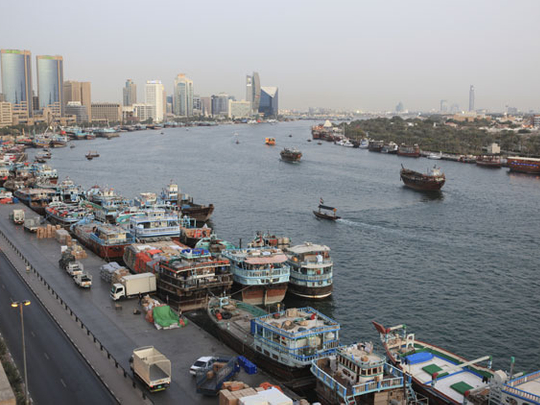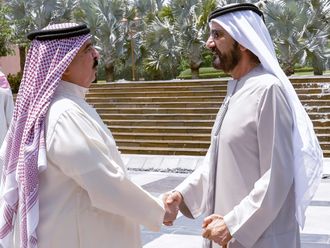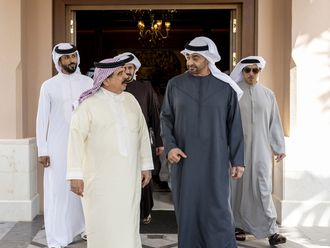
Dubai: The Unesco World Heritage Committee’s session is under way in Qatar to decide the status of 36 sites from across the globe, including that of Khor Dubai.
If Khor Dubai, also known as Dubai Creek, wins the bid it will become the second site in the UAE to be registered as a Unesco World Heritage Site.
The first registered site in the country was Al Ain in 2011, which is made up of six oases and the archaeological sites of Bida Bint Saud, Hafeet and Hili.
There are a further five heritage sites across the nation waiting in the pipeline for world heritage status. The Ed-Dur site is due to be nominated in 2016, and the Cultural Landscape of the Central Region in the emirate of Sharjah in 2017. The other three sites that include the settlement and cemetery of Umm an-Nar Island, Sir Bu Nair Island and Al Badiya Mosque in Fujairah have no set dates as yet.
According to Unesco, nominated sites must be of “outstanding universal value” and meet at least one of ten criteria, which includes bearing a unique testimony to a cultural tradition or to a civilisation, and is an outstanding example of a type of building, architectural, or technological ensemble or landscape.
The 38th session of the committee is currently being held at Doha from June 15-25, where members will cast their votes on which sites should be added on its World Heritage List, and will also examine the state of conservation of more than 100 of the 981 existing World Heritage properties.
One of the sites under focus is the Tasmanian forests, which is part of the Tasmanian Wilderness – A Unesco World Heritage Site. During the meeting, the committee will study the application submitted by the Australian federal government to have its status revoked so it can chop down 74,000 hectares for timber.
If the bid succeeds, Australia would become the first developed nation to have reversed the protected status of a forest on economic grounds.
Unesco is also expected to reclassify other world sites as protected areas, including the Inca Trail in Peru, the Rani-ki-Vav stepwell in India and the Chauvet Cave paintings in France.
On the first day of the committee’s meeting, international media reported that the Prime Minister of Qatar, Shaikh Abdullah Bin Nasser Bin Khalifa Al Thani, announced a $10 million (Dh367.2 million) donation to a new fund to protect World Heritage sites affected by conflict or natural disaster.
A number of events will also be held on the sidelines of the session, notably an African Ministers’ Round Table discussion on World Heritage in Africa on June 21. Another e event will be devoted to World Heritage partnerships highlighting successful preservation projects supported by private sector companies and foundations on June 22.












